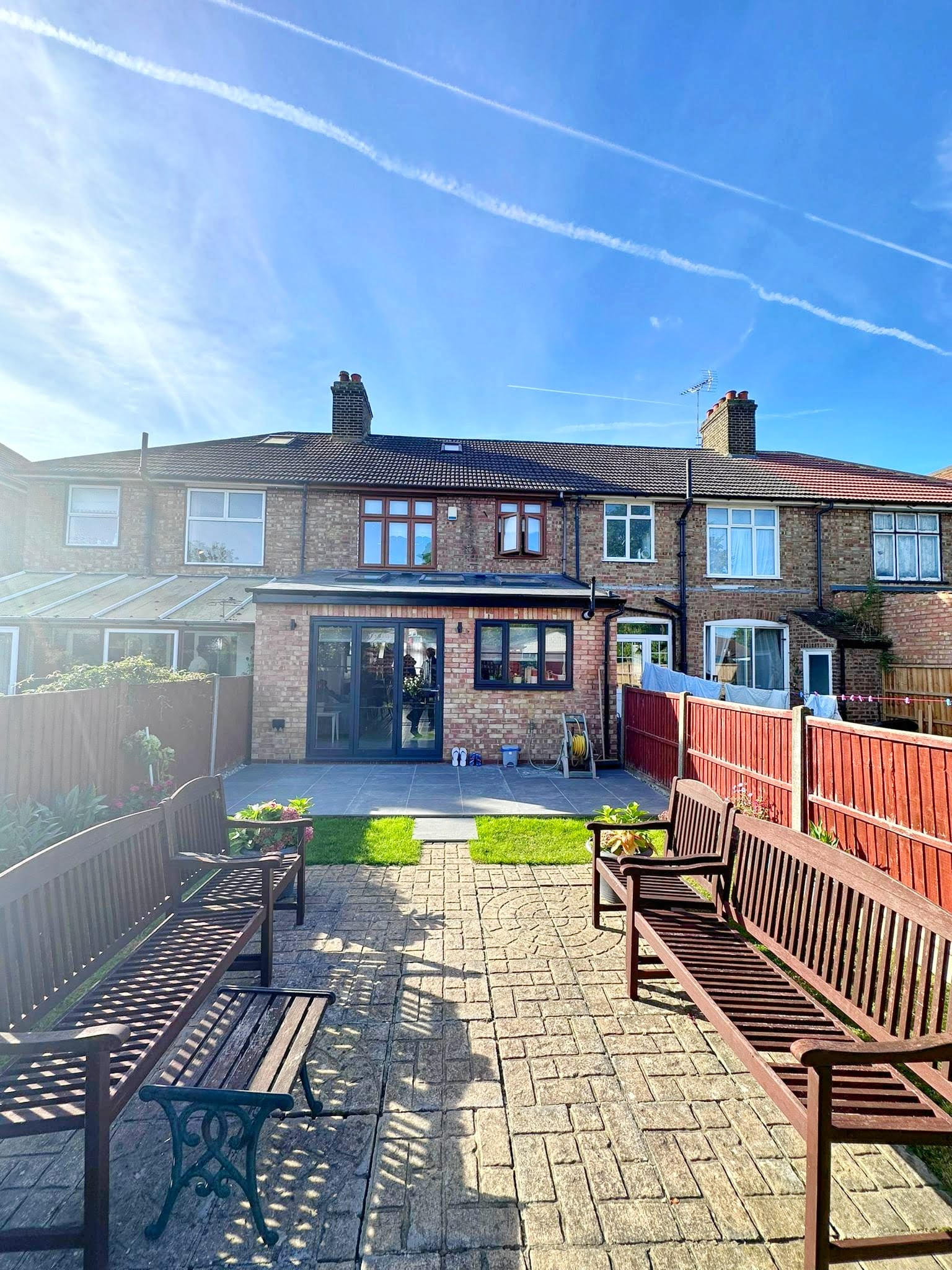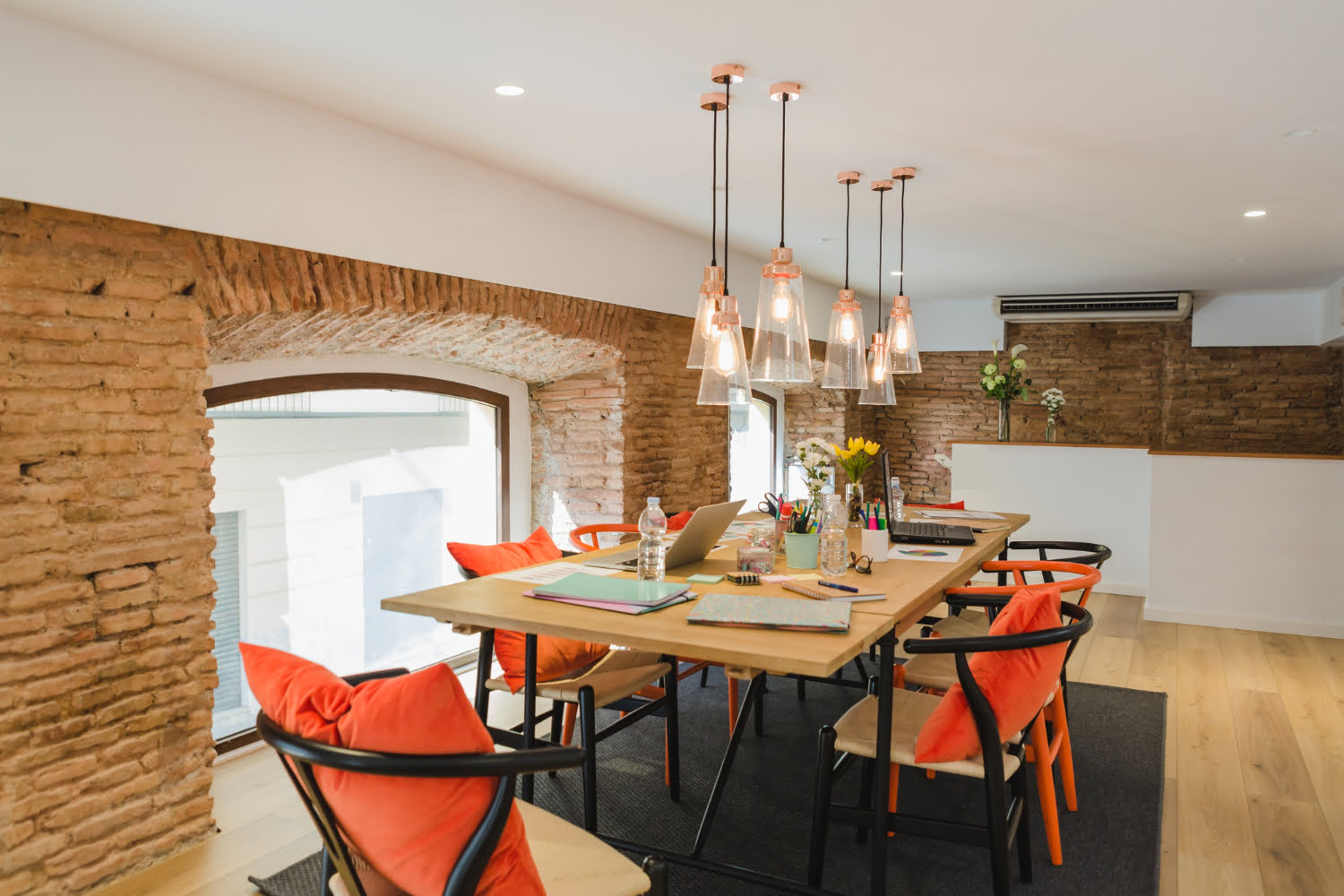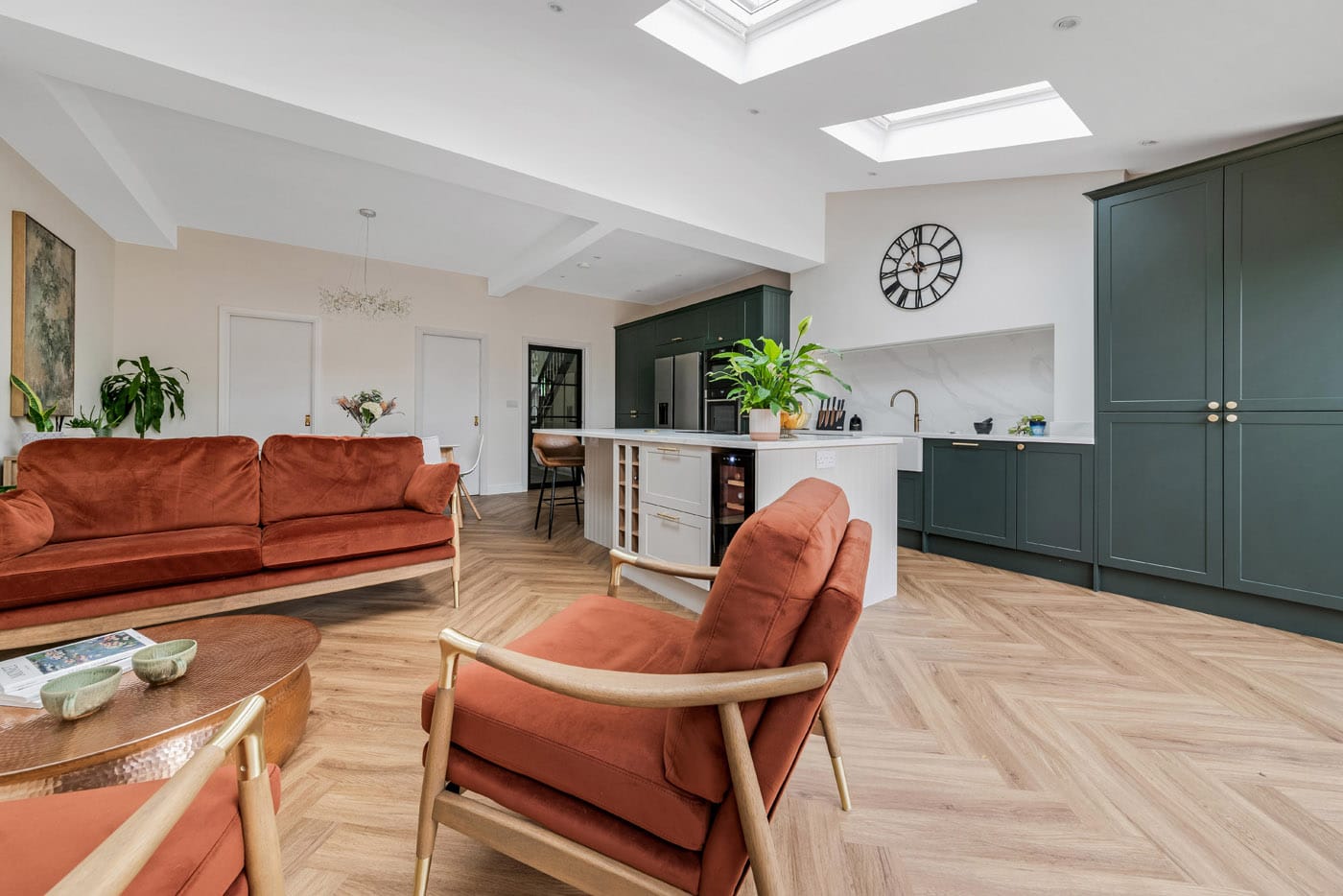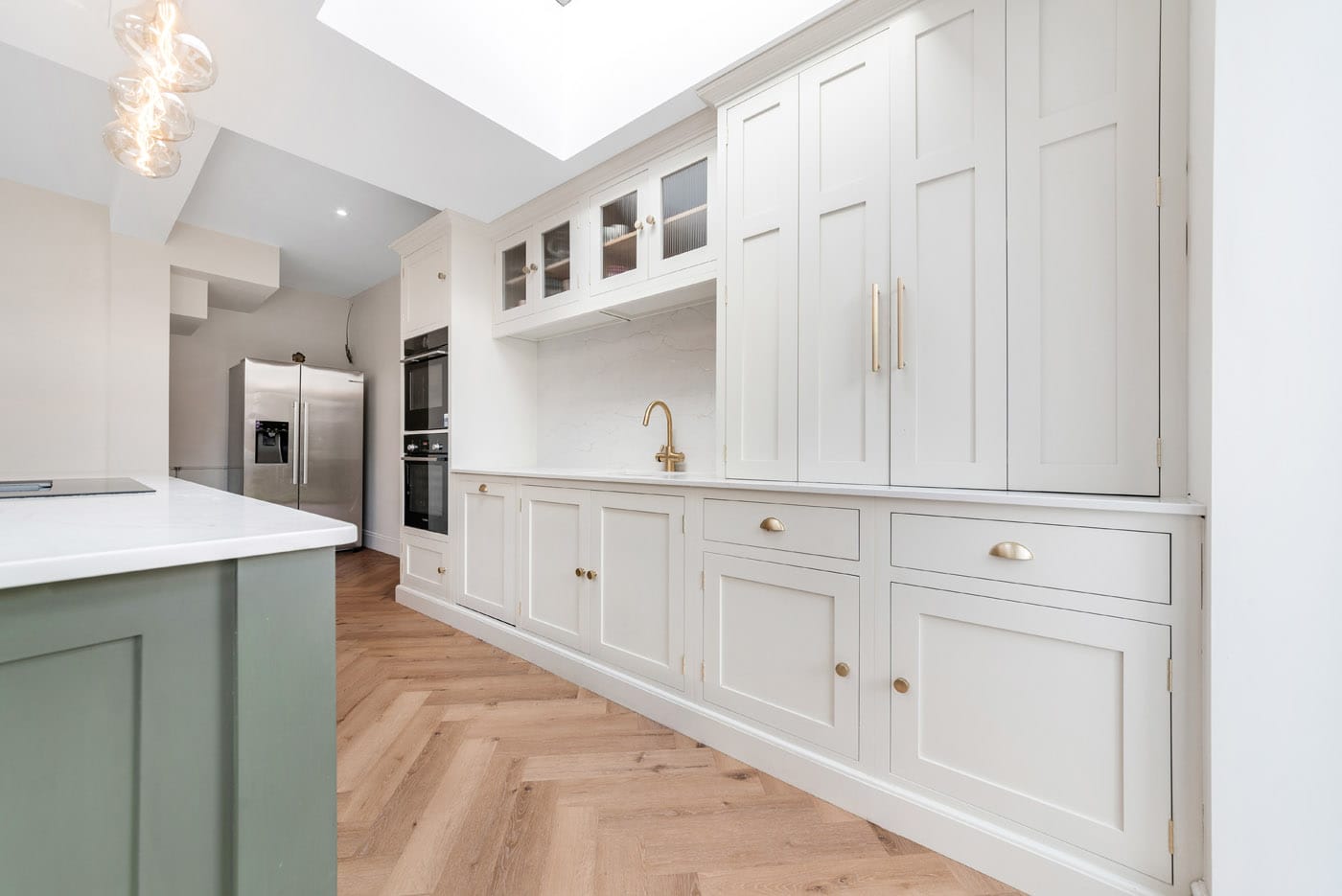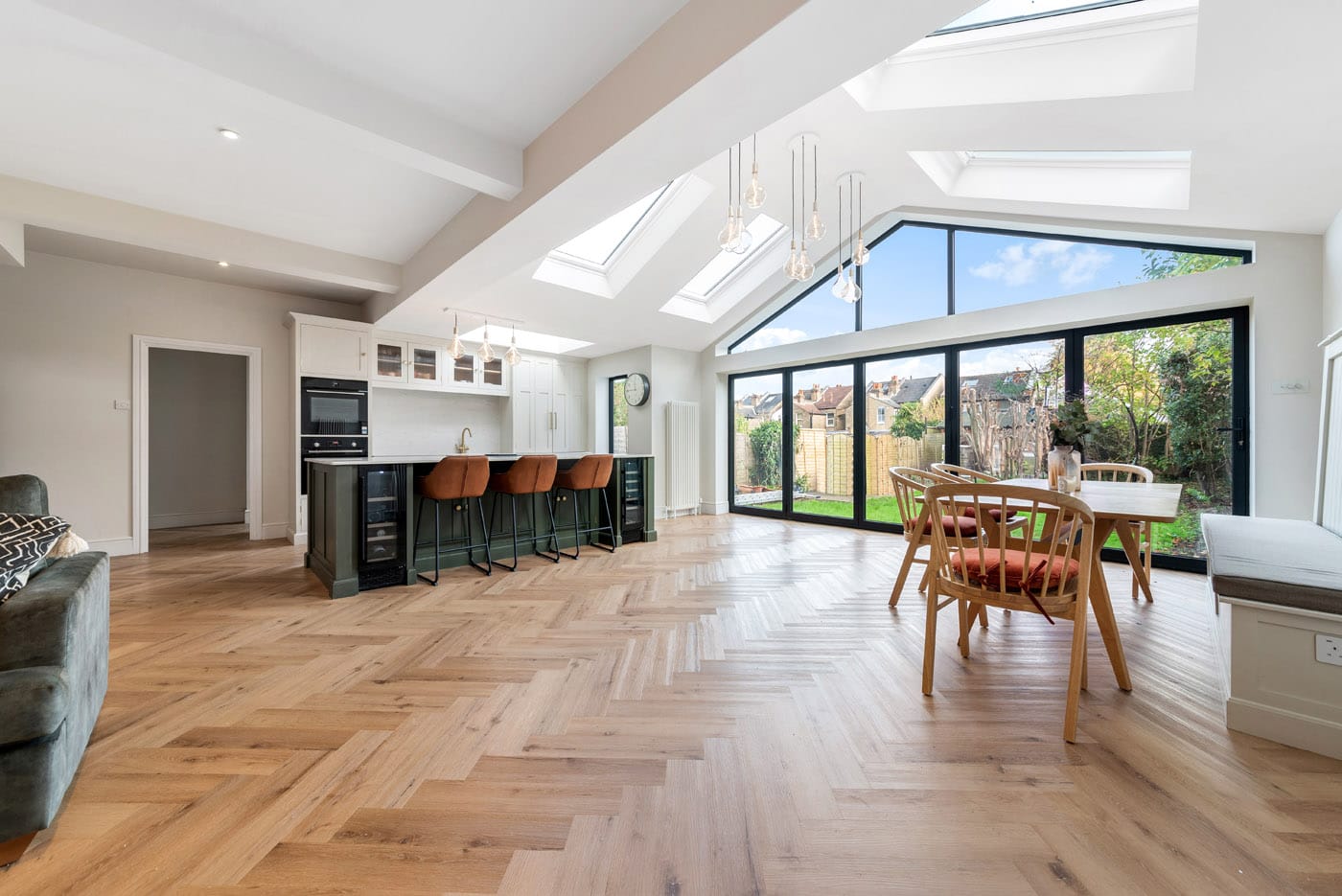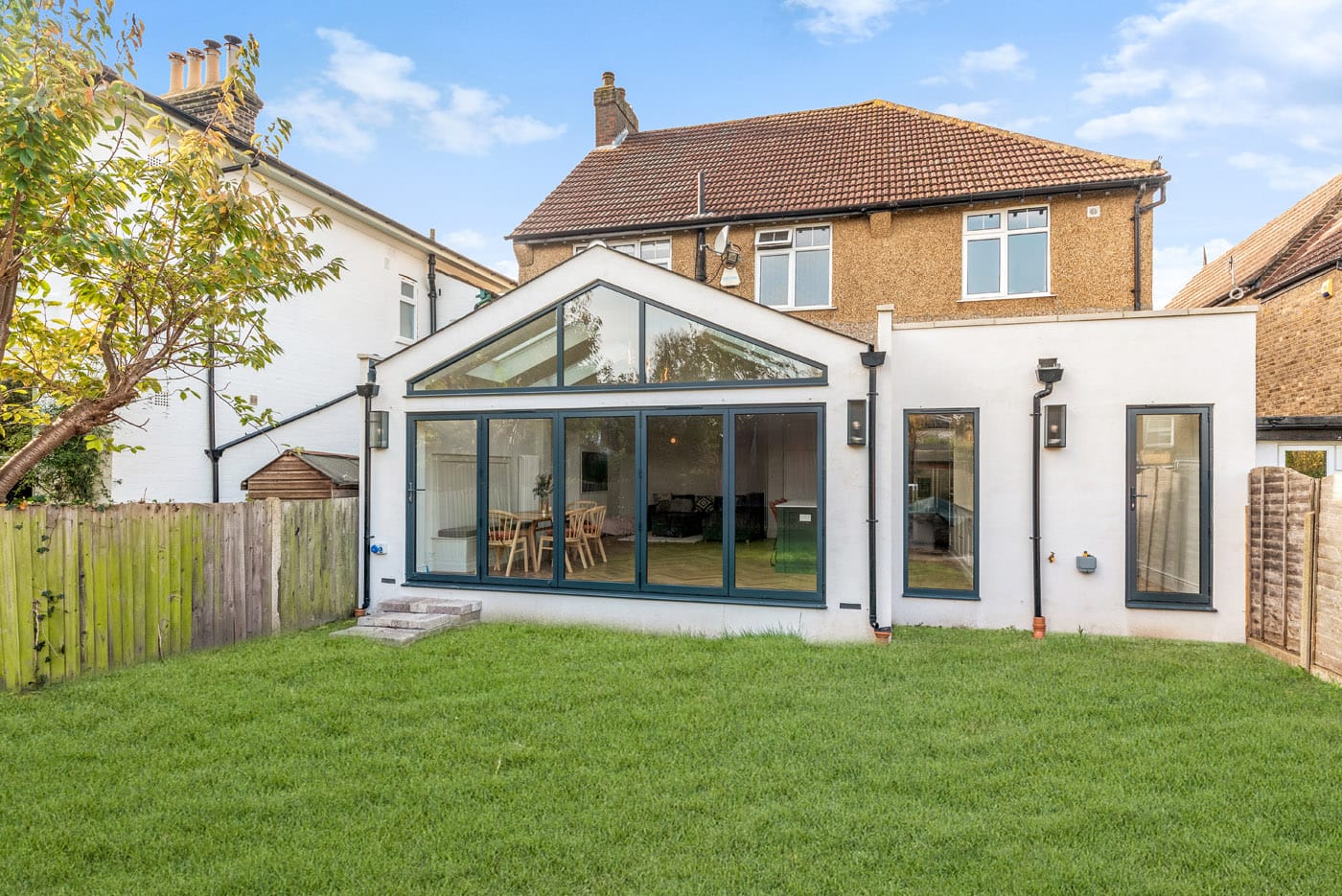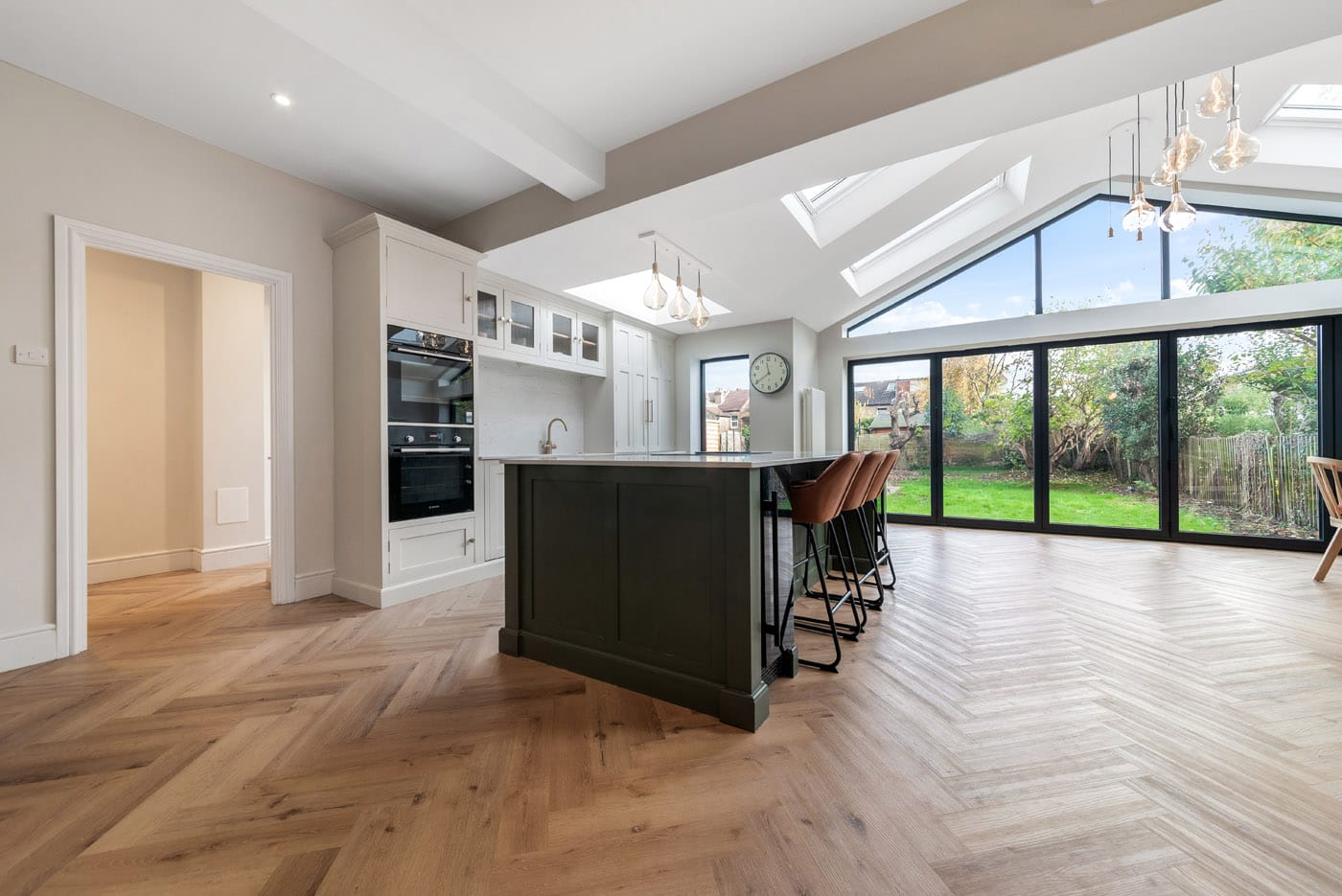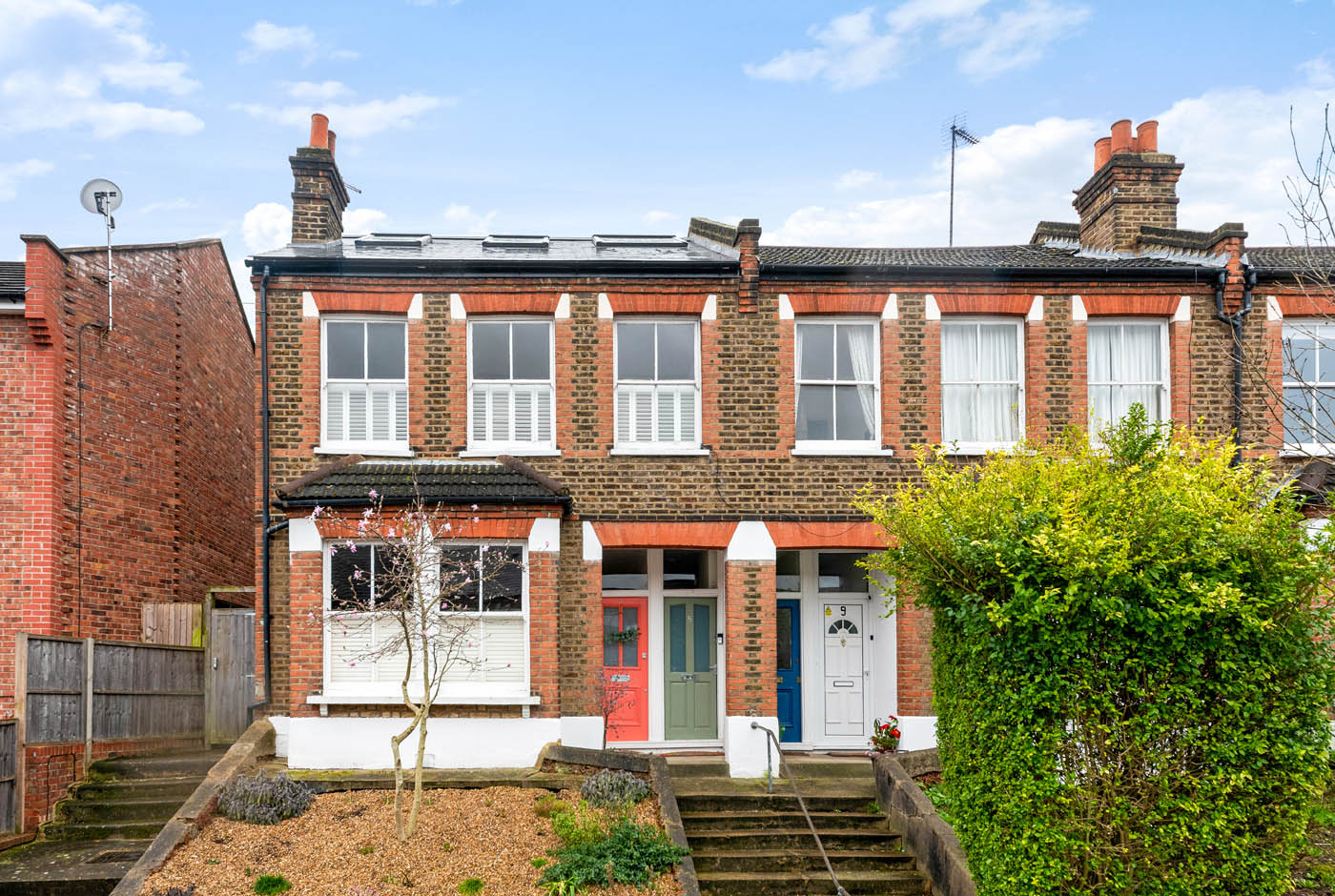Mansard loft conversion: tips for everyone
Mansard loft conversion is a good choice. So, let’s get to the tips.
When to start it?
The best time to start a loft conversion depends on several factors, including weather conditions, builder availability, and personal preference.
Here’s a breakdown of the pros and cons of different seasons:
Spring/Summer:
Pros: longer days, better weather, and potentially less disruption to your daily routine.
Cons: higher demand for builders, potentially leading to longer wait times and higher costs.
Autumn/Winter:
Pros: less demand for builders, potentially lower costs, and quicker project completion.
Cons: adverse weather conditions can sometimes delay the project.
However, with proper planning and a reliable contractor, you can successfully undertake a loft conversion in any season.
What are the tips?
- Choose a reputable contractor:
Local expertise: look for a contractor with experience in local regulations and building practices.
Check reviews and testimonials: read reviews from previous clients to assess their quality of work and reliability.
Get multiple quotes: compare quotes from different contractors to get the best deal.
- Planning permission and building regulations:
Check local regulations: ensure your conversion complies with local building regulations and planning permission requirements.
Consult with an architect: an architect can help you navigate the planning process and design an efficient and stylish loft conversion.
- Structural considerations:
Reinforcement: ensure that the existing structure can support the additional weight of the loft conversion.
Structural engineer: consult with a structural engineer to assess the structural integrity of your property.
- Insulation and ventilation:
Proper insulation: invest in high-quality insulation to improve energy efficiency and reduce heating and cooling costs.
Ventilation: ensure adequate ventilation to prevent moisture buildup and maintain air quality.
- Lighting and electrical:
Natural light: maximize natural light by installing dormer windows or skylights.
Artificial lighting: consider energy-efficient lighting options, such as LED lights.
Electrical wiring: ensure that the electrical wiring is sufficient to accommodate the new space.
- Fire safety:
Fire alarms: install smoke and heat alarms throughout the loft conversion.
Fire doors: ensure fire doors are installed to compartmentalize the space.
Fire safety regulations: adhere to local fire safety regulations.
Mansard loft conversion in Coulsdon: can I get it?
Yes, you can definitely get a mansard loft conversion in Coulsdon. A mansard loft conversion is a great way to add significant space to your home, and it’s a popular choice in areas like Coulsdon.
How to prepare for the mansard loft conversion in Coulsdon?
Preparing for a mansard loft conversion in Coulsdon
Here are some key steps to prepare for your mansard loft conversion in Coulsdon:
- Consult with a professional:
Architect: an architect can help you design the loft conversion, ensuring it complies with local regulations and maximizes the available space.
Structural engineer: a structural engineer will assess your property’s structure and determine if it can support the additional weight of the loft conversion.
Builder: a reputable builder can handle the construction process, from planning to completion.
- Obtain planning permission:
Check with Wandsworth Council to determine if you need planning permission for your loft conversion.
A planning consultant can help you navigate the planning process and submit the necessary paperwork.
- Budgeting:
Create a realistic budget, considering factors like materials, labor, and potential unforeseen costs.
Research local building costs and compare quotes from different contractors.
- Materials and design:
Materials: choose high-quality materials for the structure, insulation, and finishes.
Design: consider the layout, lighting, and storage solutions for your loft conversion.
Energy efficiency: incorporate energy-efficient measures, such as insulation and efficient windows.
- Building regulations:
Ensure your conversion complies with building regulations, including fire safety, structural integrity, and energy efficiency.

